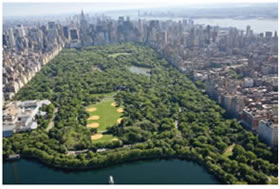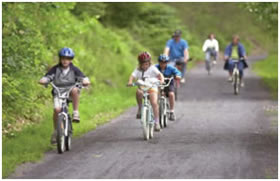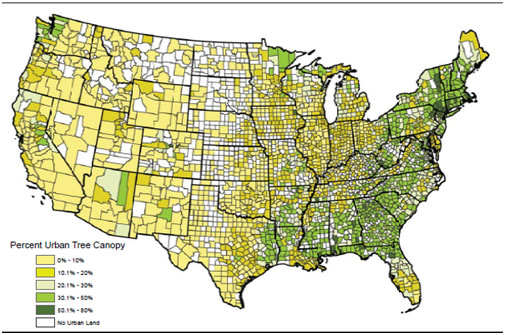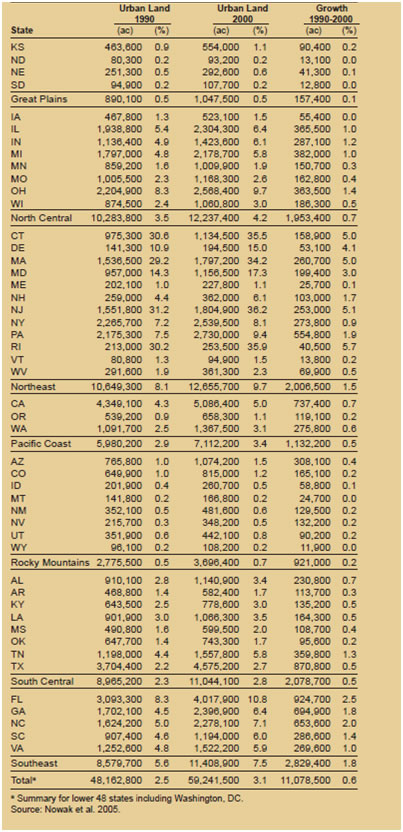

Download the full report [PDF]
Learn how to obtain a hard copy
Overview
Close to 80 percent of the U.S. population (220 million people) lives in urban areas and depends on the essential ecological, economic, and social benefits provided by urban trees and forests. However, the distribution of urban tree cover and the benefits of urban forests vary across the United States, as do the challenges of sustaining this important resource. Urban areas are expanding across the country as are the benefits that urban forests provide. Conserving and maintaining these urban forests comes with certain challenges.
The purpose of this report is to provide an overview of the current status and benefits of America's urban forests, compare differences in urban forest canopy cover among regions, and discuss challenges facing urban forests and their implications for urban forest management.

Percentage tree cover in urban areas.
Key Points Covered
- In 2000, 3.1 percent of the conterminous United States was classified as urban, yet this small percentage of land supports 79 percent of the population.
- Urban land is expanding at a considerable rate and is projected to increase substantially over the next half-century. The Northeast and Southeast are the most urbanized regions.
- Based on photo-interpretation, tree cover in urban areas of the conterminous United States is estimated at 35.1 percent (20.9 million ac). As urban areas expand, the amount of urban forest will increase and urban forests will become increasingly critical to sustaining environmental quality and human well-being in urban areas.
- Nationally, urban forests in the United States are estimated to contain about 3.8 billion trees, with an estimated structural asset value of $2.4 trillion. This dollar value reflects only a portion of the total worth of an urban forest.
- Urban trees provide innumerable annual ecosystem services that affect both the local physical environment, such as air and water quality, and the social environment, such as individual and community well-being.
Maps for Sustaining America’s Urban Trees and Forests (links to maps)
- Percentage of the county classified as urban (2000).
- Urban canopy (ft2) per person (urban canopy / urban population).
- Urban tree canopy index for counties (2000); 0.00 is the lowest rating, 1.00 is the highest.
- Percentage (A) and acreage (B) of non-urban forest subsumed by projected urban growth (2000-2050), by state.
- Mapping zones of the conterminous United States relative to states and land cover (NLCD 2001).
Urban land growth in the United States (1990-2000)
Reference:
Nowak, D.J.; Stein, S.M.; Randler, P.B.; Greenfeld, E.J.; Comas, S.J.; Carr, M.A.; Alig, R.J. 2010. Sustaining America’s Urban Trees and Forests. Gen. Tech. Rep. NRS-62. Newtown Square, PA: U.S. Department of Agriculture, Forest Service, Northern Research Station. 27 p.
